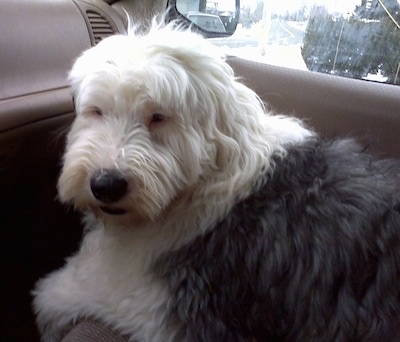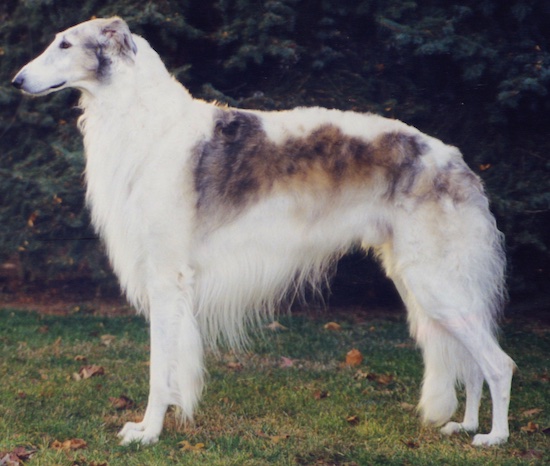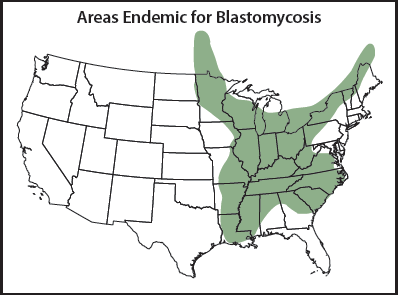The name Papillon came from the word ‘butterfly’ to describe
the shape of their ears. Their main purpose based on their history appears to
be companionship. There are pictures dating back to the 16th and 17th
century showing them on the laps of the more wealthy families. Overall they
have playful and fun attitudes and fit in well with most families.
Their petite frame does lend them to adapt to most living
environments. They can fit well into a small apartment. Although their coat is
long and will require regularly brushing, it may not require the intense
grooming other long haired dogs do since it is lacking an undercoat layer.
There are a coupld of health concerns to be aware of before
adding a Papillon to your home. Smaller dogs do tend to have more issues with
dental disease and with that may require more frequent dental cleanings. They
are also prone to collapsing trachea which can lead to coughing, especially
when excited. (For more information on collapsing trachea please click here) Another common condition in smaller dogs is luxating patellas. This is where
the knee caps are not secure in their place and can wiggle back and forth. In
some instances surgical correction may be necessary. (for more information on
luxating patellas please click here)
Papillons are beautiful small breed dogs that can make a
great addition to many living situations. If you think they may be the breed for you,
check out these websites (here and here) for additional information.










































